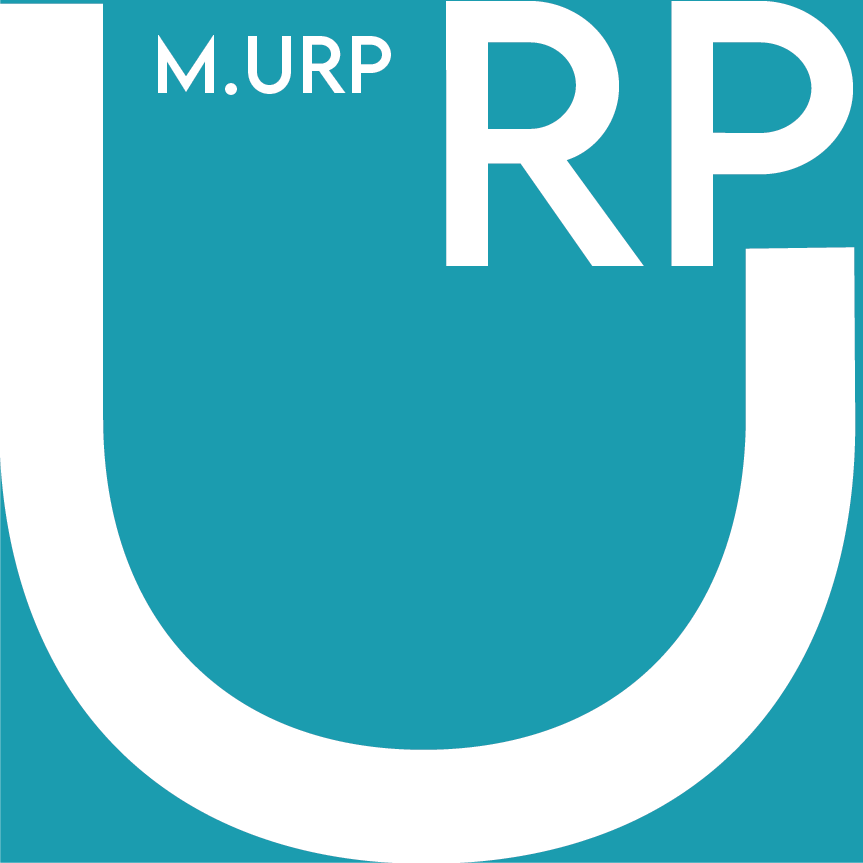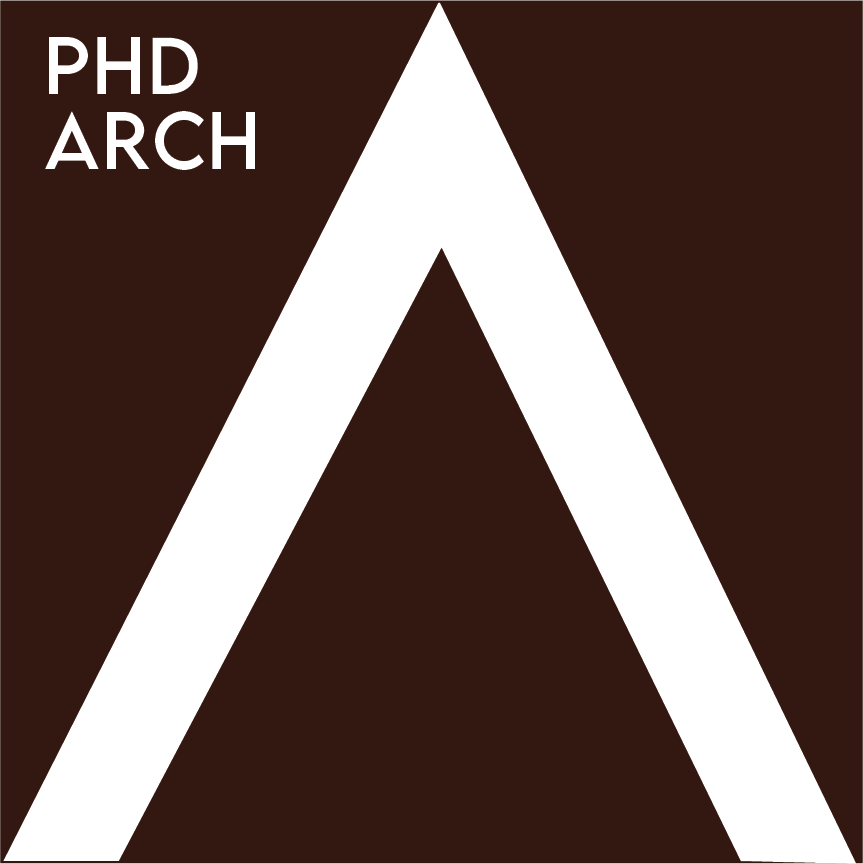ข้อมูลพื้นฐาน
Organization Overview

ความเป็นมา
คณะสถาปัตยกรรมศาสตร์ มหาวิทยาลัยขอนแก่น ได้รับการจัดตั้งขึ้นตามแผนพัฒนาเศรษฐกิจและสังคมแห่งชาติ ระยะที่ 4 (พ.ศ. 2520-2524) และแผนพัฒนาฯ ระยะที่ 5 (พ.ศ. 2525-2529) เพื่อตอบสนองความต้องการกำลังคนที่มีความรู้ทางด้านวิชาชีพสถาปัตยกรรมในภาคตะวันออกเฉียงเหนือ โดยนับเป็นสถานศึกษาระดับอุดมศึกษาแห่งแรกในส่วนภูมิภาคที่ผลิตบัณฑิตในสาขาวิชาสถาปัตยกรรมศาสตร์
ด้วยวิสัยทัศน์ในการพัฒนาการศึกษา ในปี พ.ศ. 2548 คณะฯ ได้ขยายการเรียนการสอนโดยเปิดสาขาวิชาการออกแบบอุตสาหกรรม ที่มุ่งผลิตบัณฑิตให้มีความรู้ด้านการออกแบบโดยประยุกต์ใช้วิถีชีวิต สังคม และภูมิปัญญาวัฒนธรรม เพื่อขับเคลื่อนเศรษฐกิจสร้างสรรค์และนวัตกรรมในระดับสากล ต่อมาในปี พ.ศ. 2560 ได้เปลี่ยนชื่อเป็นหลักสูตรการออกแบบบัณฑิต ประกอบด้วย 5 แขนงวิชา ได้แก่ ออกแบบผลิตภัณฑ์ ออกแบบกราฟิกและสื่อมัลติมีเดีย ออกแบบสิ่งแวดล้อมภายใน ออกแบบเซรามิก และออกแบบสิ่งทอและแฟชั่น
คณะฯ มีวัตถุประสงค์หลักในการผลิตสถาปนิกที่มีคุณภาพตามมาตรฐานระดับประเทศ โดยเน้นความเชี่ยวชาญด้านสถาปัตยกรรมท้องถิ่น และมุ่งเป็นศูนย์กลางการศึกษาวิจัยด้านสถาปัตยกรรมและสภาพแวดล้อมในภาคอีสาน ครอบคลุมงานด้านชุมชนเมืองและชนบท สถาปัตยกรรมหลัก ที่อยู่อาศัย เทคนิคสถาปัตย์ อุตสาหกรรมศิลป์ ภูมิสถาปัตย์ สถาปัตยกรรมเพื่อการเกษตร และการพัฒนาวัสดุก่อสร้างท้องถิ่น
นอกจากนี้ คณะฯ ยังทำหน้าที่เป็นศูนย์กลางให้บริการวิชาการด้านสถาปัตยกรรมและการออกแบบแก่ทั้งภาครัฐและเอกชน โดยเฉพาะการให้บริการด้านที่อยู่อาศัยชนบทที่มุ่งเน้นการพึ่งพาตนเองของประชาชน การออกแบบและพัฒนาผลิตภัณฑ์ รวมถึงการทำนุบำรุงศิลปวัฒนธรรมด้านสถาปัตยกรรมและการออกแบบในภูมิภาค ตลอดจนการจัดการอบรม สัมมนา และกิจกรรมที่เกี่ยวข้อง
ในด้านประวัติการจัดตั้ง มหาวิทยาลัยขอนแก่นได้แต่งตั้งคณะกรรมการศึกษาความเป็นไปได้เมื่อวันที่ 13 กุมภาพันธ์ 2523 และได้รับการจัดตั้งอย่างเป็นทางการตามพระราชกฤษฎีกา ประกาศในราชกิจจานุเบกษา เล่มที่ 105 ตอนที่ 28 ฉบับพิเศษ หน้า 10 เมื่อวันที่ 19 กุมภาพันธ์ 2531
The Faculty of Architecture at Khon Kaen University emerged as a pioneering institution in Thailand’s Northeastern region, established under the framework of the 4th and 5th National Economic and Social Development Plans (1977-1986). As the first regional higher education institution offering architectural education, it was created to address the growing demand for architectural professionals in the Northeast, marking a significant milestone in the region’s educational development.
The Faculty’s commitment to educational excellence led to the expansion of its academic offerings through the Industrial Design program in 2005. This initiative focuses on producing graduates skilled in design by integrating lifestyle, social contexts, and cultural wisdom to drive creative economy and innovation at an international level. In 2017, the program evolved into the Bachelor of Design, offering six specialized tracks: Product Design, Graphic and Multimedia Design, Interior Design, Ceramic Design, and Textile and Fashion Design.
At its core, the Faculty serves multiple crucial functions beyond traditional education. It stands as a center of excellence for architectural research and environmental studies in the Northeast, provides comprehensive academic services to both public and private sectors, and plays a vital role in preserving and promoting architectural and design arts and culture in the region. The institution also actively engages in knowledge dissemination through various training programs, seminars, and related activities.
The Faculty received its official recognition through a Royal Decree, published in the Royal Gazette Vol. 105, Special Section 28, Page 10, on February 19, 1988, cementing its position as a key institution in Thailand’s architectural education landscape.








